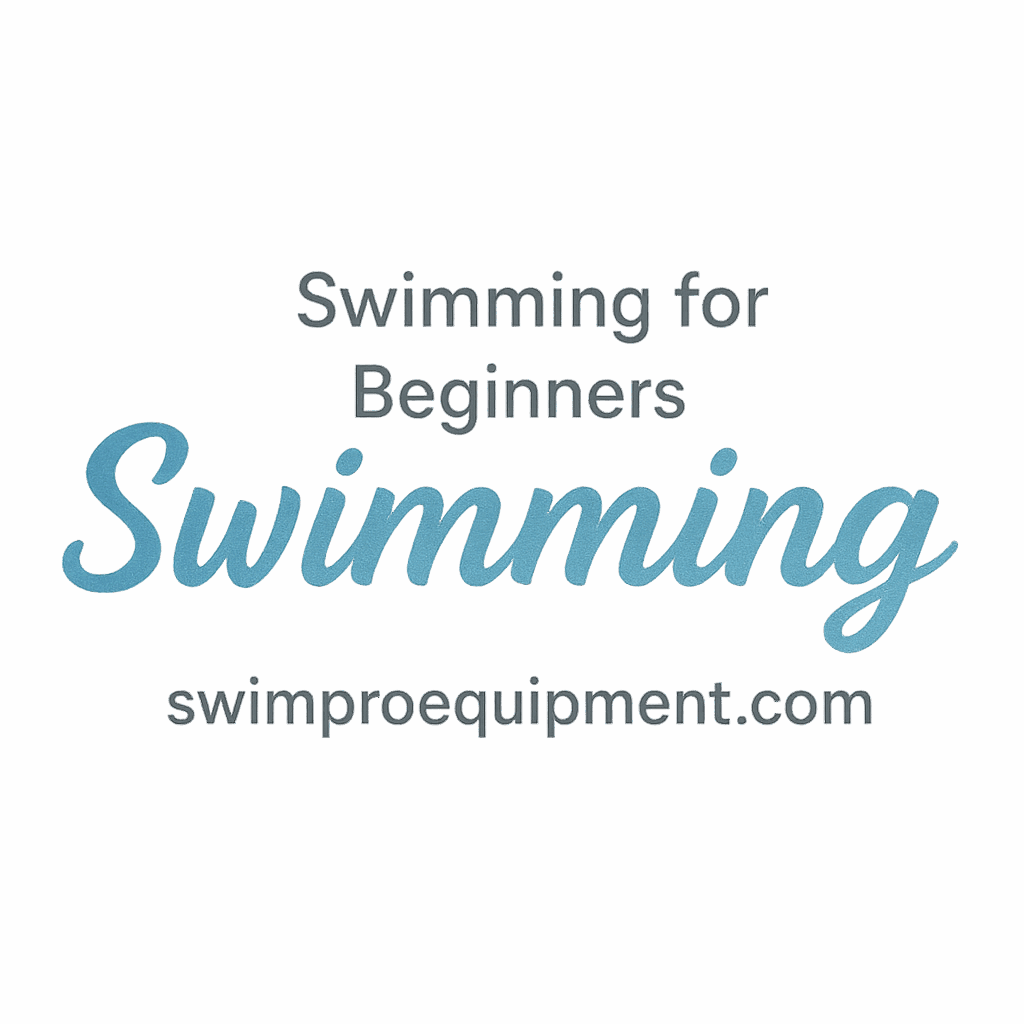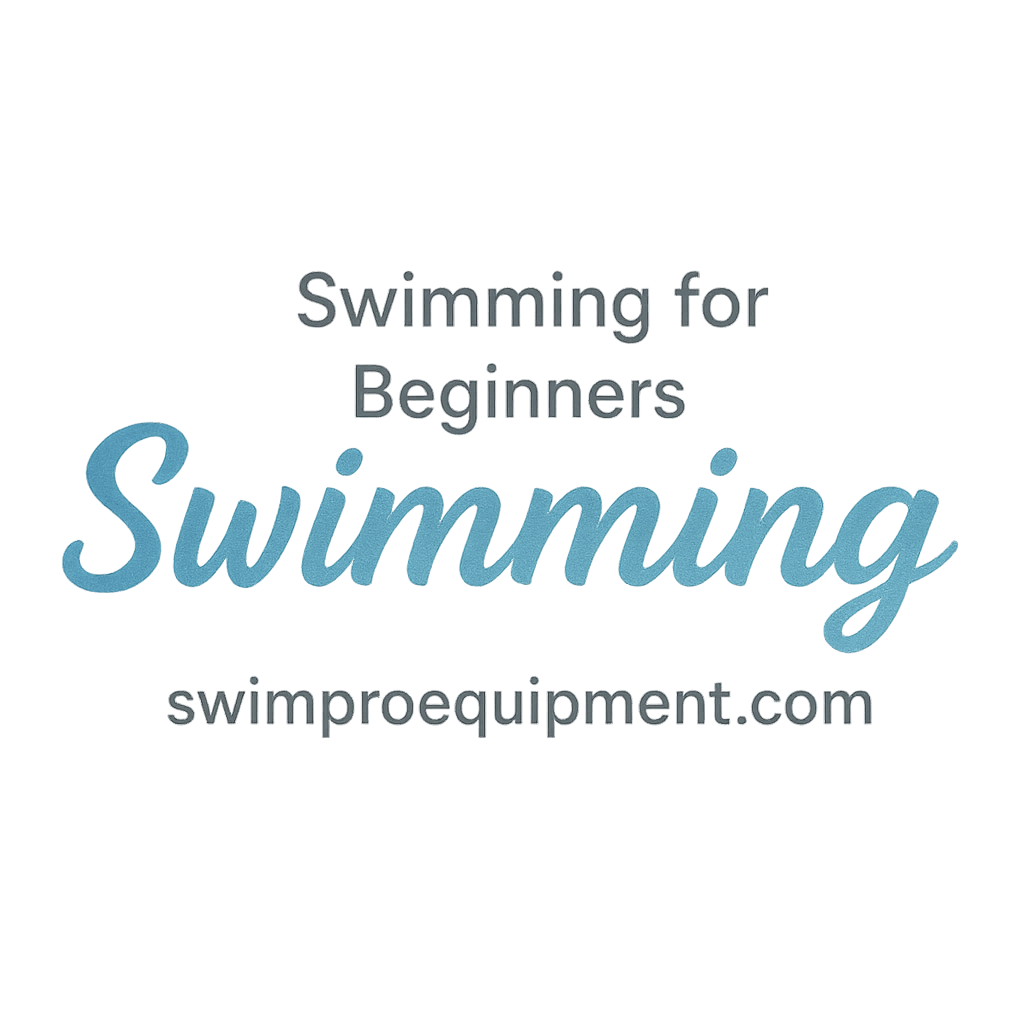Swimming endurance doesn’t just magically appear after a few laps. It’s built, stroke by stroke, through deliberate, focused training. Whether you’re new to the pool or returning after a break, these 6 drills to improve your swimming endurance will help you go farther, faster, and with less fatigue. Let’s dive in!
Why Swimming Endurance Matters
Endurance is the engine that keeps you moving through the water efficiently. Unlike speed, which gives you bursts of power, endurance allows you to sustain effort over longer distances without tiring quickly.
Understanding Swimming Endurance vs. Speed
How Endurance Helps Improve Technique
Endurance swimming lets you maintain good body position and efficient form over longer sessions. If you’re constantly stopping to catch your breath, your technique tends to fall apart — and that leads to slower swim times and higher injury risks.
For technique essentials, check out Swimming Basics & Techniques.
The Role of Aerobic Conditioning
Aerobic conditioning is your cardiovascular system’s best friend. When you’re building endurance, you’re actually training your heart, lungs, and muscles to work more efficiently together.
Explore our full guide on Training & Workouts for Beginners to support your routine.
Key Tips Before Starting Drills
Before we jump into the endurance-boosting drills, here are a few essential pointers.
Warm-Up Is Non-Negotiable
Start with at least 10–15 minutes of easy swimming. This could include light freestyle, kickboard laps, or backstroke. A good warm-up prepares your body and helps avoid injury.
Stay Hydrated Even in the Pool
Just because you’re in water doesn’t mean you can’t get dehydrated. Bring a water bottle to the pool and sip regularly.
Use the Right Swimming Gear
Using essential gear like swim fins, pull buoys, and paddles can help reinforce endurance and technique.
Visit Swimming Gear & Equipment for product recommendations.
Drill 1: Pyramid Sets
What Are Pyramid Sets?
Think of a pyramid — you swim increasing distances, then decrease them. For example:
100m → 200m → 300m → 400m → 300m → 200m → 100m
How They Build Endurance
These sets push your endurance threshold gradually and test your ability to recover mid-set. Add short rest intervals (10–15 seconds) between each swim to keep your heart rate up.
Drill 2: Negative Split Swimming
What’s a Negative Split?
Swim the second half of a set faster than the first. For instance, in a 400m swim, pace the first 200m easy, then turn up the heat for the last 200m.
Why It Works for Endurance
Negative splits train your body to finish strong. You learn how to distribute your energy wisely and build mental stamina for longer swims.
Need more progress tracking ideas? Head to Motivation & Progress for Swim Learners.
Drill 3: Long Slow Distance (LSD) Swimming
How to Perform LSD Workouts
LSD means exactly what it sounds like: long, steady, and not too fast. Swim continuously for 20–45 minutes at a slow pace, focusing on steady breathing and relaxed form.
Benefits for Beginners and Pros
Perfect for beginners looking to stretch their stamina or experienced swimmers doing recovery sessions. It’s gentle but incredibly effective for cardio endurance.
Explore our tips tagged with Beginner and Improvement.

Drill 4: Fartlek Swimming
What Is Fartlek Training?
Borrowed from running, “Fartlek” means “speed play” in Swedish. You vary your pace within a single swim set, blending fast sprints with easy laps.
Example: Swim 25m easy, 25m fast — repeat for 20 minutes.
Mixing Speed and Distance Efficiently
This drill builds both aerobic and anaerobic endurance, teaching your body to recover quickly while still moving.
Check out more speed-focused drills under our Speed tag.
Drill 5: Interval Training with Short Rests
Interval Sample Workout
Try this:
- 10 x 100m freestyle @ moderate pace
- Rest 15 seconds between each
This type of interval work conditions your body to recover quickly under pressure, essential for longer-distance events.
Tracking Progress Over Time
Logging your intervals helps you spot trends and make adjustments. Start using a waterproof smartwatch or app — or even a trusty notebook.
Need help? Find resources under Tracking.
Drill 6: Pull Buoy & Paddles Combo
Strength and Endurance Combined
Using a pull buoy and paddles forces your upper body to take the lead. You isolate arm movement and increase resistance for a power-endurance effect.
Reminder: Don’t overdo it—these tools can stress your shoulders if used excessively.
Focused Arm Endurance
Perfect for developing stamina in freestyle and backstroke. Incorporate 4–6 sets of 100m using gear.
Find more Equipment and Essentials you need to level up.
Extra Endurance Boosting Tips
Nutrition for Swimmers
You wouldn’t drive cross-country on an empty tank, right? Fuel your body with complex carbs, lean proteins, and plenty of fluids. A post-swim snack helps muscle recovery too.
Learn more on Swimming Safety & Health and Health.
Rest and Recovery
Sleep and off-days are where endurance gains actually happen. Respect your body’s need for downtime to avoid burnout and injuries.
For more, visit our Injury Prevention hub.
Track Your Progress Consistently
Consistency is key. Use swim logs, apps, or digital dashboards to see where you started and how far you’ve come. It keeps you motivated and shows clear progress over time.
Explore more under Progress.
Stay Motivated and Celebrate Milestones
Set mini goals—like swimming 500m non-stop or cutting 10 seconds off your 100m time. Reward yourself when you hit them!
Need more motivation? Browse our Motivation & Progress section.
Conclusion
Building swimming endurance isn’t about grinding yourself into exhaustion. It’s about working smarter, not harder. With these 6 drills in your training toolbox, you’ll gradually become a stronger, more efficient swimmer. Remember to warm up, stay hydrated, track your progress, and most importantly — enjoy the journey. Now, hit the water and go the distance!
FAQs
1. How often should I do endurance drills?
Aim for 2–3 times per week, depending on your overall training schedule and recovery ability.
2. Can beginners do these endurance drills?
Absolutely! Just modify distances and take more rest when needed. Start slow and build up.
3. Which swim stroke is best for endurance?
Freestyle is the most efficient for long-distance swimming, but backstroke and breaststroke can also be trained for endurance.
4. Should I focus more on technique or distance first?
Technique always comes first. Endurance without proper form can lead to injury.
5. Do I need to use gear like paddles and buoys?
They’re helpful but not essential. They can enhance your endurance training but use them sparingly to avoid overuse injuries.
6. How do I know if I’m improving my endurance?
You’ll notice you can swim longer with less fatigue and better form. Logging your sessions also helps see measurable progress.
7. What’s a good goal for swim endurance?
Swimming 1000m without stopping is a solid endurance benchmark for many recreational swimmers.


